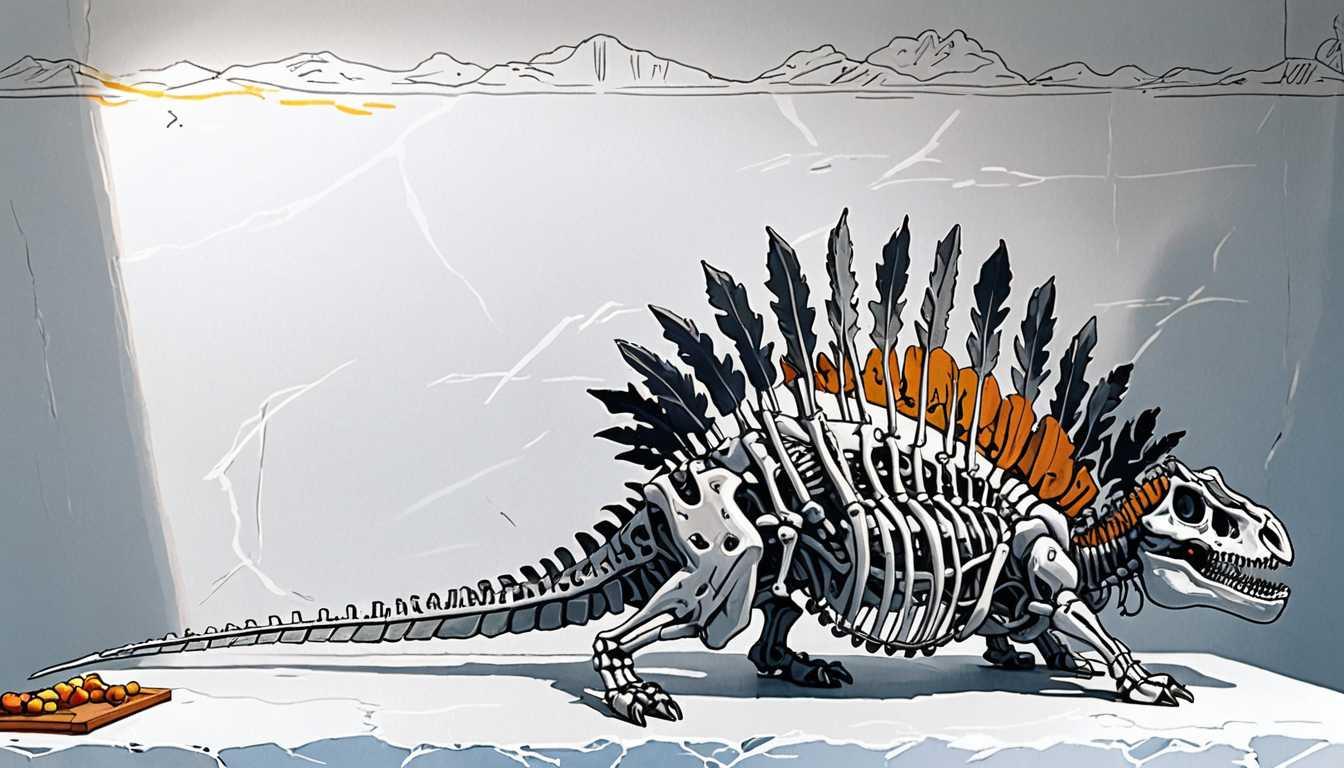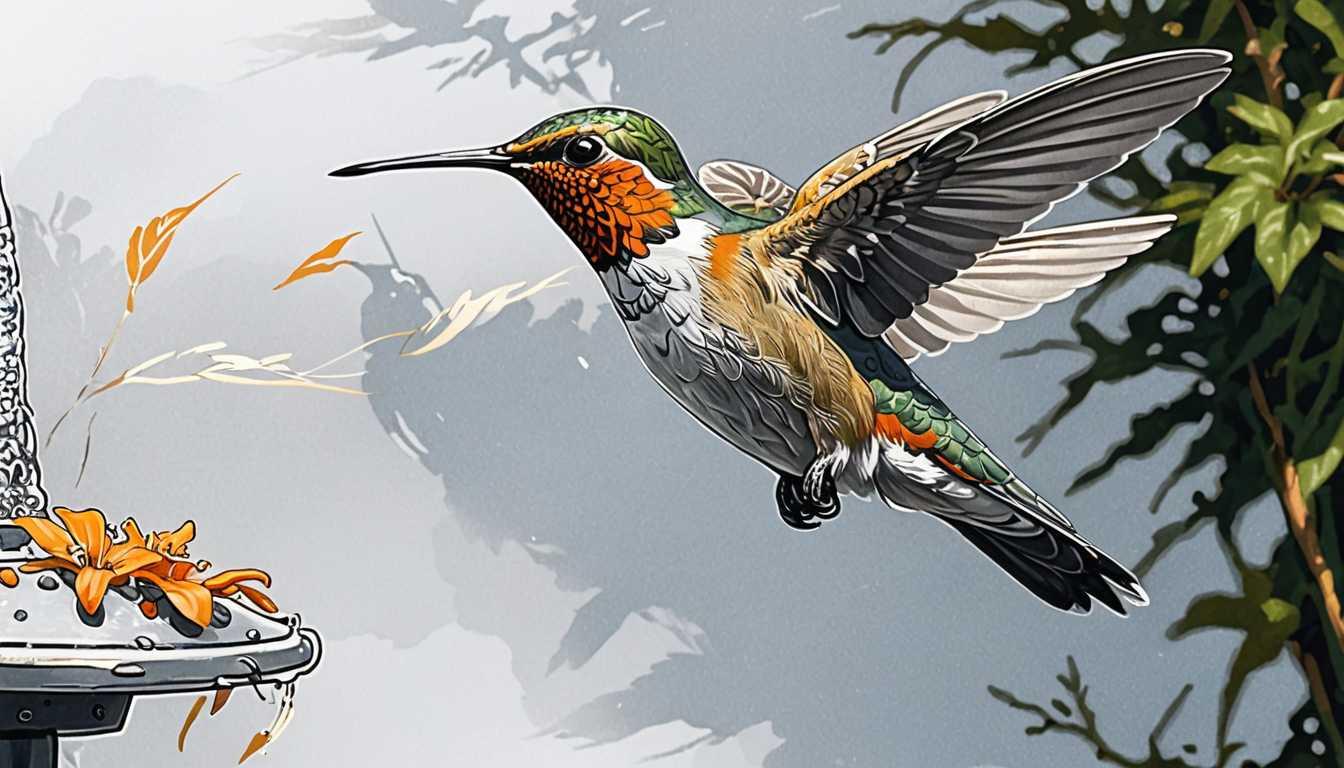Caterpillars: Detecting Danger with Static Electricity!
May 2024
University of Bristol
Introduction
Hey there, future scientists! Did you know that caterpillars can actually feel the static electricity emitted by their predators? A team at the University of Bristol discovered that these little guys can sense the electric fields created by wasps, helping them dodge danger! Imagine your hair standing on end when a wasp approaches – it’s like nature’s version of a superhero power! Dive into this fascinating article to uncover the shocking truth about static electricity and its role in survival.
READ FULL ARTICLEWhy It Matters
Discover how this topic shapes your world and future
The Shocking Truth About Caterpillar Defense!
Imagine a world where tiny caterpillars can sense their predators not just with their eyes or ears, but through an invisible force in the air! Scientists at the University of Bristol have discovered that caterpillars can respond to electric fields, much like those created by their natural enemies, such as wasps. This groundbreaking research reveals a brand-new way animals interact with their environment and one another. Understanding how caterpillars use static electricity to detect danger not only expands our knowledge of predator-prey dynamics but also highlights a pressing issue - human-created electrical noise may interfere with these sensitive creatures' ability to survive. As you dive deeper into this topic, think about how these findings could impact ecosystems and the delicate balance of life on our planet. It’s a shocking reminder of how interconnected we all are!
Speak like a Scholar
Static Electricity
A type of electricity that builds up on the surface of objects, which can cause them to attract or repel each other. Think of how a balloon sticks to your hair after you rub it!
Predator-Prey Interaction
The relationship between animals that hunt (predators) and those that are hunted (prey). It’s a classic survival game in nature!
Sensory Cue
A signal that helps an animal recognize something important in their environment, like a warning sign for danger.
Ecological Interactions
The way living things, like plants and animals, interact with each other and their surroundings. This includes how they compete for resources or avoid being eaten.
Evolution
The process through which species change over time, adapting to survive in their environments. It’s nature’s way of improving life!
Electrical Sensory Pollution
The disruptive electrical signals created by human technology that can interfere with animals’ natural senses and behaviors.
Independent Research Ideas
The Role of Static Electricity in Other Insect Behaviors
Investigate how different insects might use static electricity in their everyday lives, from mating rituals to hunting strategies.
Comparative Analysis of Predator-Prey Interactions Across Species
Explore how other animals detect threats and how their methods compare to the caterpillar’s newfound electrical sensitivity.
Impact of Urbanization on Animal Senses
Examine how city environments, filled with electrical devices, affect the ability of wildlife to sense their surroundings and communicate.
Innovative Uses of Static Electricity in Technology
Research how scientists are using the principles of static electricity in new tech developments, like sensors or energy harvesting devices.
The Evolution of Sensory Systems in Animals
Delve into how different animals have adapted their senses over time in response to environmental changes and challenges, including electrical noise.
Related Articles

Unlocking the Secrets of the Elgin Marvel
June 2024
University of Bristol

From Sprawled to Upright: Mammal Evolution Unveiled
November 2024
Harvard Gazette

Electricity: Nature's Hitchhiking Secret
January 2025
U of Bristol Research news

Antlions: The Art of Playing Dead
August 2024
U of Bristol Research news

Whale Tales: How Cetaceans Conquered the Sea
October 2024
Harvard Gazette